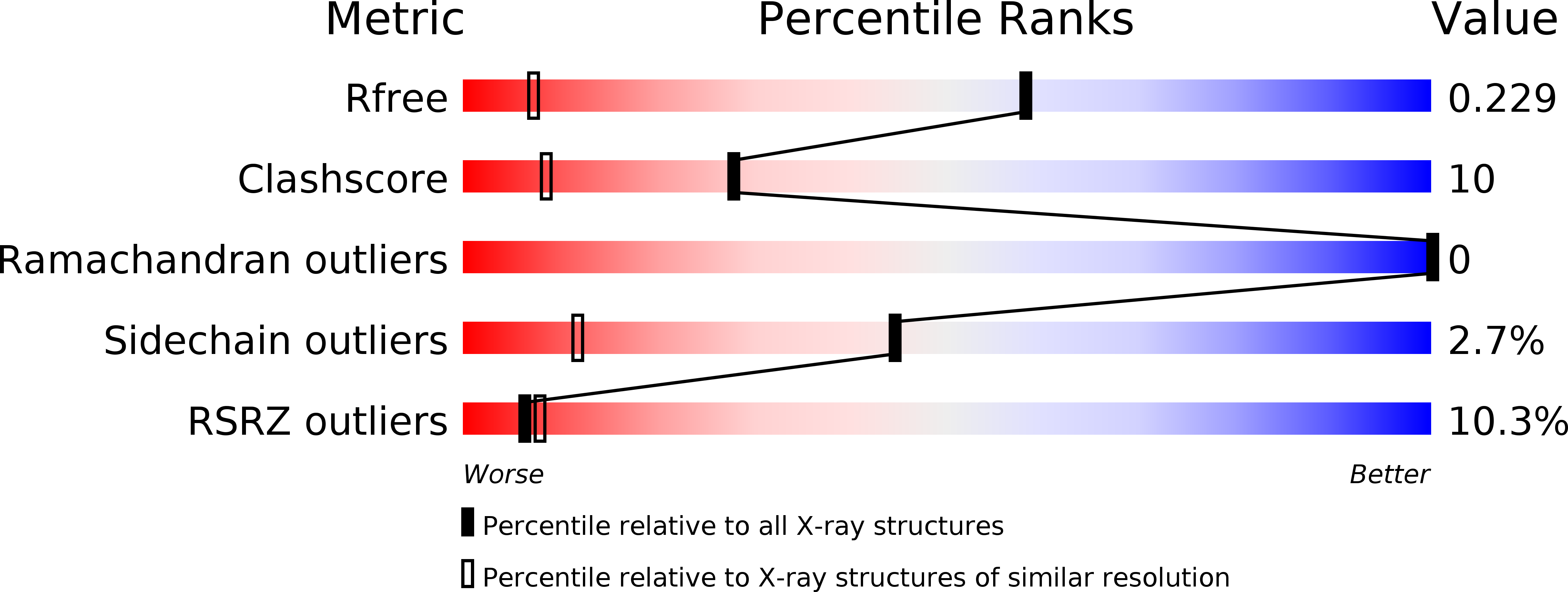
Deposition Date
2006-10-12
Release Date
2007-10-02
Last Version Date
2024-03-13
Entry Detail
Biological Source:
Source Organism:
Pediococcus pentosaceus (Taxon ID: 1255)
Host Organism:
Method Details:
Experimental Method:
Resolution:
1.35 Å
R-Value Free:
0.23
R-Value Work:
0.20
R-Value Observed:
0.20
Space Group:
P 62


